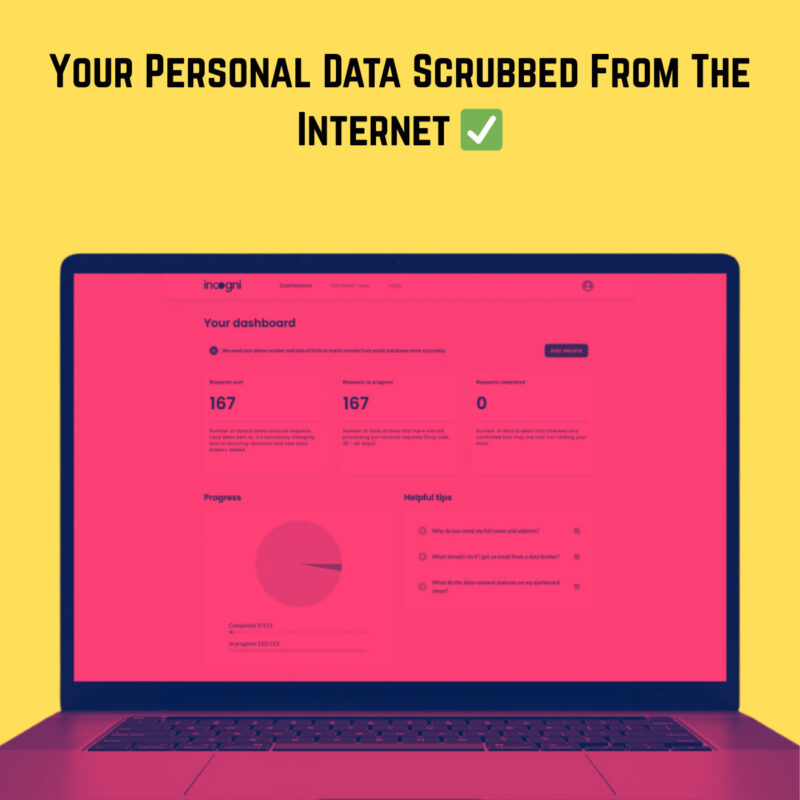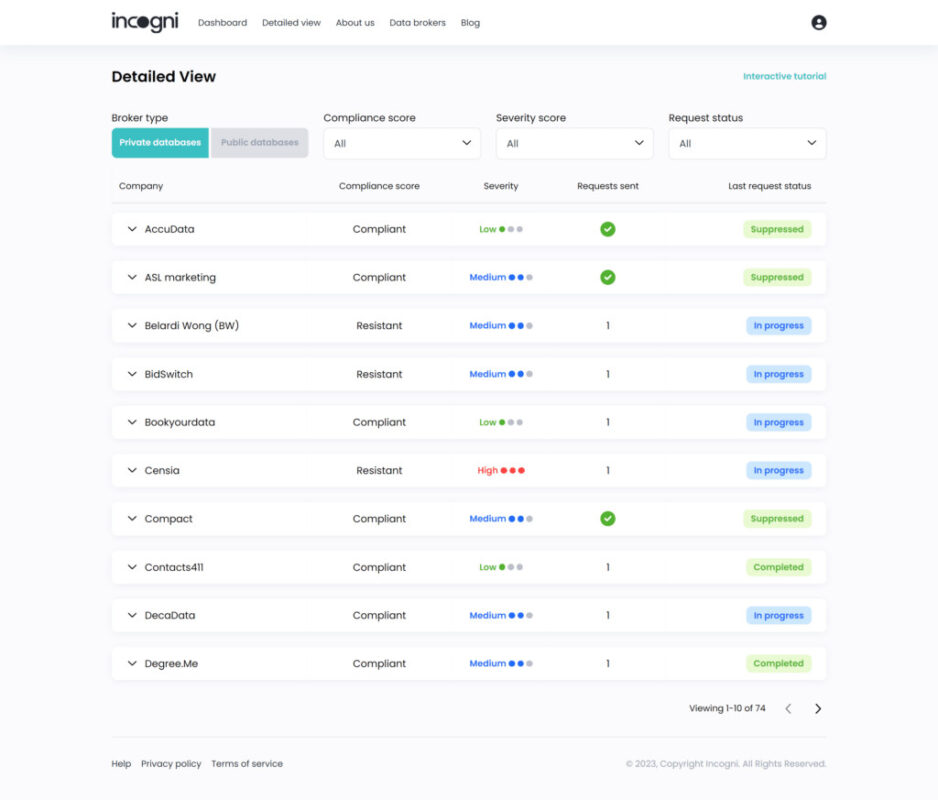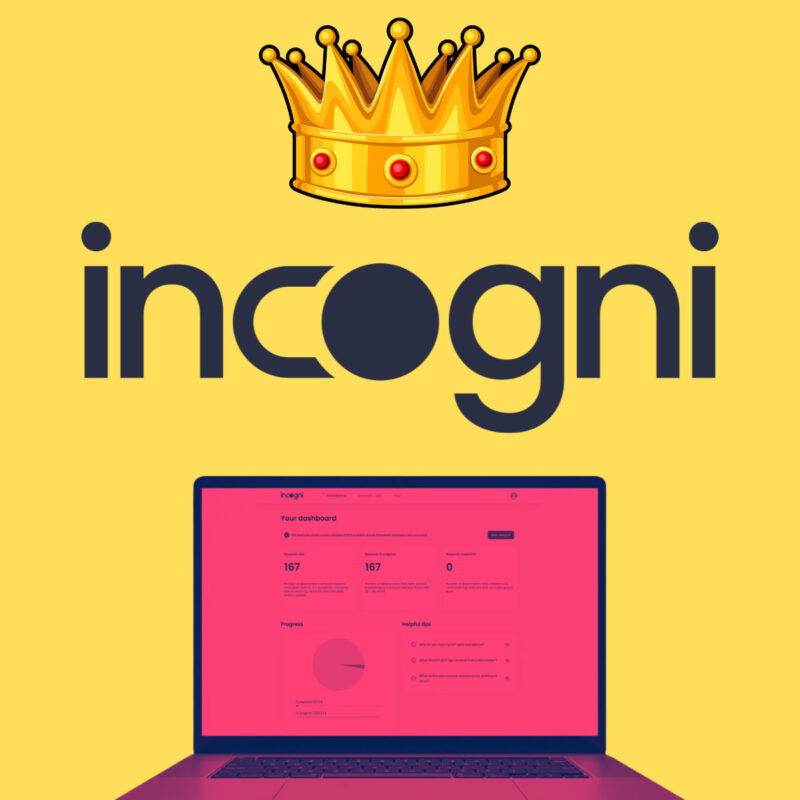Remove My Data from the Internet Automatically? Done.
In this guide, you’ll learn:
- Why you might need a personal data removal tool and the real risks of leaving your information in the hands of data brokers.
- The difference between manual and automated data removal.
- Which personal data removal tool is best for most people right now.
- The main benefits of using a data removal service: fewer robocalls and phishing emails to reduced risk of fraud.


Written by
If you’ve ever tried opting out of data broker sites yourself, you already know how impossible it feels.
Hundreds of sites, each with its own hoops to jump through, and even then, your data reappears.
The truth is, manual removal doesn’t scale. The only realistic way to clean up your online footprint is with automation.
Why Your Data Ends Up Online

Your personal information spreads online through a few major channels:
- Data brokers who collect and sell names, emails, phone numbers, and addresses
- People-search sites that display your details publicly
- Leaks and breaches that dump your info into shady corners of the web
- Public records like voter rolls or property filings that get scraped and reposted
Once it’s out there, your data can be used for spam, robocalls, identity theft, financial fraud, and even harassment.
The Problem with Manual Data Removal
It’s true you can remove your information yourself by contacting data brokers and asking for them to remove your personal information.
But because the data broker business is worth billions of dollars, there are hundreds of companies which means your data isn’t just with one data broker.
If one data broker company has your data, chances are more do as well.
Manually contacting and requesting to have your data removed is a nightmare.
Here’s why:
- There are hundreds of brokers, each with different forms and requirements
- Many demand ID verification, mailed forms, or phone calls
- Removal is often temporary, with your info reappearing in a few months
- Keeping track requires spreadsheets and constant follow-up
- It’s time-consuming, repetitive, and frustrating — and most people simply give up.
How Automated Data Removal Works
Automated services solve this by handling the grunt work for you. The entire process, from tracking to requesting take-downs, is fully automated and runs round the clock.
All you need to do is sign in, the automated data removal tool will do the rest, updating you on what it’s found and what it has removed inside its dashboard.
Here’s what they do:
- Scan the web to find where your personal data is exposed
- Send opt-out requests automatically, backed by GDPR, CCPA, and other privacy laws
- Follow up on your behalf so brokers comply
- Monitor continuously, resubmitting requests if your data comes back
Instead of chasing sites one by one, automation tackles them all at once and keeps watch for the long term.
Why It’s the Only Practical Solution
Automation is the only approach that scales:
- Saves 30–50 hours per year compared to manual requests
- Works across 100+ brokers instantly
- Provides ongoing monitoring so you’re protected long term
- Delivers results in weeks, not months
In short: you set it up once, and the system keeps working in the background while you get on with your life.
Incogni: Automated Data Removal Made Easy

Among the automated services out there, Incogni is the most effective option for most people. Built by Surfshark (a trusted security brand), it’s designed to be simple enough for anyone to use.
- Sign up in minutes → enter your name, email, and addresses
- Authorize removal → Incogni handles all requests on your behalf
- Automated protection → the system continuously scans and re-submits opt-outs
- Track progress → see real-time results in a clean, user-friendly dashboard
You don’t need legal knowledge, spreadsheets, or tech skills. Incogni does the heavy lifting for you.
Key Benefits at a Glance
- 📉 Removes your data from 150+ data broker sites
- 🔁 Ongoing scans so your details stay gone
- 📜 Fully compliant with GDPR and CCPA
- ⏱️ Saves you dozens of hours every year
- ⚡ See real results in weeks, not months
Get Started Today
Every day your personal data is online, it’s being collected, sold, and used in ways you can’t control. The longer it’s out there, the more exposed you are to scams, spam, and identity theft.
The good news? You can take action right now.